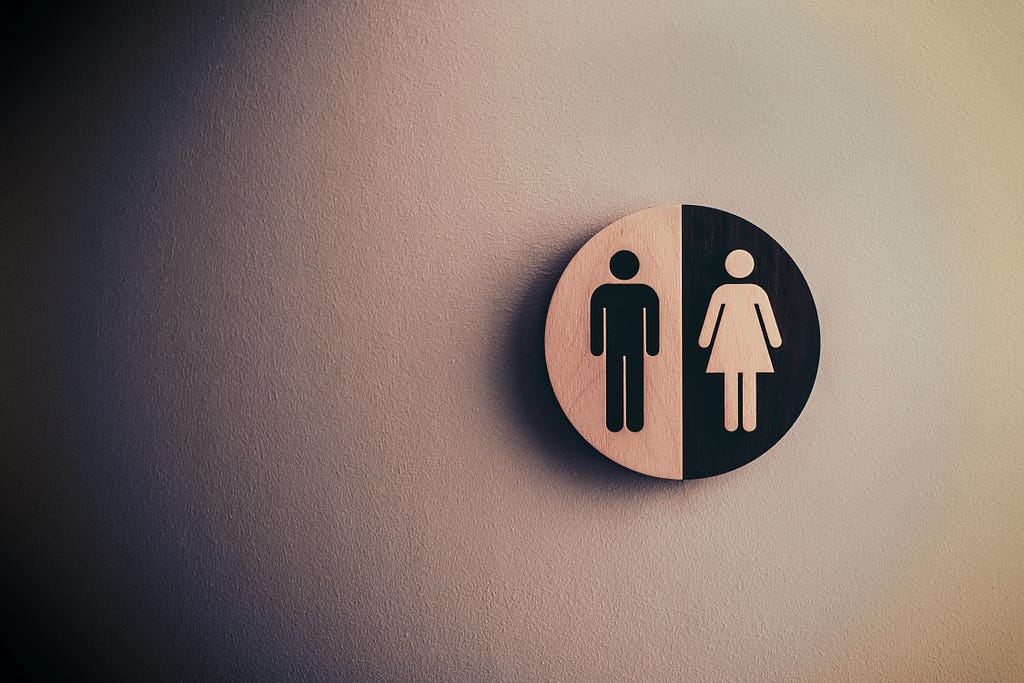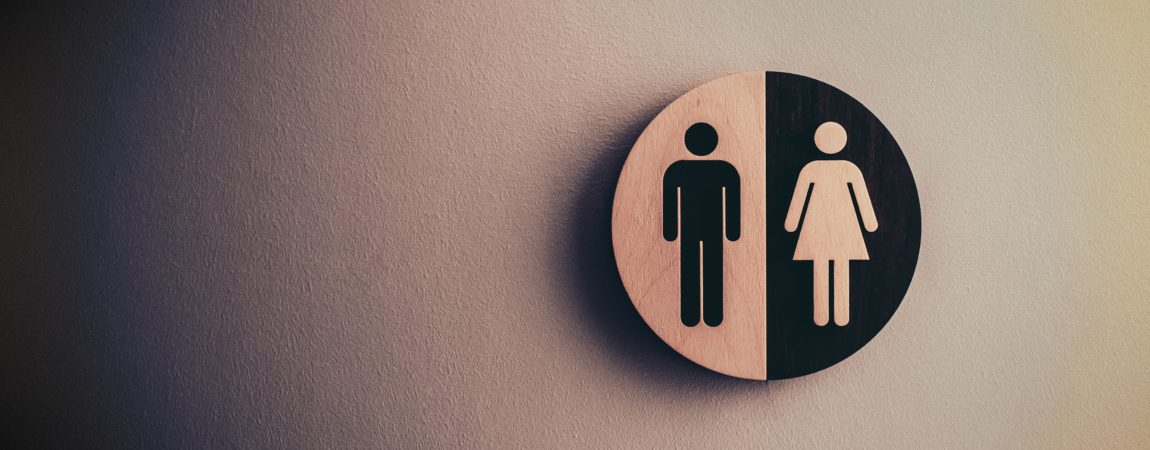By Neela Aghajan, MEng ’22 (BioE)
This op-ed is part of a series from E295: Communications for Engineering Leaders. In this course, Master of Engineering students were challenged to communicate a topic they found interesting to a broad audience of technical and non-technical readers. As an opinion piece, the views shared here are neither an expression of nor endorsed by UC Berkeley or the Fung Institute.
“Our pee has the potential to revolutionize both our planet’s welfare and the population’s health.”
Overmining for fertilizer
We are currently in an elemental crisis: we’ve exhausted so many resources to produce nitrogen, potassium, and phosphorus, the three main ingredients of fertilizers; however, none of those resources re-enter our environment. Why? A good amount of the nitrogen, potassium, and phosphorus we intake ends up in our urine, which passes through sewage systems and pollutes our oceans, resulting in the death of aquatic life. In tandem with contaminating our water supply, two of the three elements, phosphorus and potassium, are nonrenewable. As a result of uprooting so many resources without replenishing them, we will lose most of the resources necessary to support healthy crop growth within the next 40–90 years. The low supply of fertilizing ingredients has skyrocketed the prices of fresh foods, and contributes to the inequitable distribution of health across the globe. Despite these grave environmental concerns and their consequences, we are now able to reverse engineer the problem to give back what we’ve taken with minimal cost and behavior changes.Fixing a global problem at the most intimate level
Fresh urine contains pathogens, so it is ill-advised to pee directly onto our lawns; therefore, there is high demand to effectively capture and treat it with as little intervention as possible. Current conventions include redesigning houses with toilets that can divert urine, and installing storage tanks to hold it in basements. Afterwards, families either wait six months for the urine to naturally turn into fertilizer, or carry urine in jugs to pasteurizing sites to remove pathogens from the urine (redistribution of that urine takes up until a month). Despite those efforts, current methods of urine recycling pose several problems that often turn people away from making behavioral changes. Some of the biggest issues include storage space, undesirable contact with waste, and the lingering smell, all of which require an extensive amount of time and effort to work around, as shown in Figure 1. In addition to human involvement with urine, the chemical nature of urine to destabilize and carry pathogens also pose strong barriers to fertilizer production. In response, environmental organizations actively develop and support new initiatives to efficiently deal with urine conversion on an immediate scale.
What’s already in the market?
The first stage of urine recycling, known as urine diversion, requires toilets and urinals to separate liquid and solid waste from each other. The gold standard for urine diverting toilets is made by Separett, a Swedish company that specializes in waterless urine diversion. Separett toilets have unique ergonomic interiors that are capable of immediately separating liquid and solid waste into their own compartments, and remove the smell from both with an automated AC fan system. In separating and eliminating the smell from waste, Separett addresses some of the biggest problems of urine recycling; nonetheless, there still lies the concern of what to do with the huge volume of pee left in our basements. To answer this, Dr. Surendra Pradhan and his research team in Ghana have discovered a way to potentially turn urine into fertilizer almost instantly, eliminating nearly all of the unseemly issues brought up by urine recycling. Dr. Pradhan discovered that mixing calcium hydroxide, a cheap and easily available compound, with fresh urine creates fertilizer in a simultaneous, triple attack. First, it immediately neutralizes the odor produced by urea. Second, calcium hydroxide stabilizes the nitrogen in urea and prevents it from getting lost as ammonia gas. Third, calcium hydroxide inactivates the pathogens in urine, leaving behind only the invaluable nitrogen and phosphorus. In three phases, fertilizer is made readily available at the site of urine creation in ten minutes, and as a result, farmers can use urine immediately for fertilizing crops without the need for excessive storage.The cost of urine-recycling
With calcium hydroxide on hand, farmers alone can save a significant amount of money with urine-recycling. In September 2016, a total of $23.5 billion was spent on fertilizer, whose prices have almost doubled between 2016 and 2020. In contrast, using calcium hydroxide to turn urine into fertilizer would cost the US a total of $184 million per year (assuming that all two million farmers in the US urinate the average two liters a day at the farm site). This results in a decrease of over $23 billion on the side of produce production, while alleviating the planet of further elemental mining.The future of waste management
Current work is being done to combine the technologies listed above to deliver fertilizer with limited human interaction. To accomplish this, my capstone team here at UC Berkeley is working to produce waterless, in-wall urinals that are connected to storage units via calcium hydroxide-lined piping for immediate use throughout the campus. We can then connect existing irrigation systems to the purified urine and provide a convenient means of nourishing agriculture. This technology provides a viable method of fertilizing plants for a variety of spaces, including urban gardens, agricultural environments, and academic institutions. With our capstone project, we hope to provide a convenient method of transforming urine to fertilizer to benefit many sectors of society.Changing perspective
Despite being such a practical solution to such a dire problem, the idea of eating foods made with someone else’s pee couldn’t help but raise the eyebrows of our potential stakeholders, at first. Our capstone team interviewed Taylor Zheren, a leading industrial figure in sustainable sanitation engineering, to hear how she manages to convince businesses to use urine as a fertilizer. She emphasizes the importance of storytelling to evoke human responsibility in creating and handling this crisis. The planet’s supply for food has exceeded human demand, yet somehow one in four people globally identify as food insecure with increasing produce prices. Humans have a hand in that discrepancy, but that also indicates their potential to create change in a positive direction. In telling that story, sanitation engineers are able to protect the planet and improve human health on a global scale.References
- Noe-Hays, Abraham, et al. “Urine diversion for nutrient recovery and micropollutant management: Results from a Regional Urine Recycling Program.” Proc. Water Environ. Fed(2015): 3993–4002.
- Kaczala, Fabio. A review of dry toilet systems. Department of Technology, University of Kalmar, 2006.
- Randall, Dyllon G et al. “A novel approach for stabilizing fresh urine by calcium hydroxide addition.” Water research vol. 95 (2016): 361–9. doi:10.1016/j.watres.2016.03.007
- “A Look at Fertilizer and Pesticide Use in the US.” Gro Intelligence, USDA NAS Economics-Bro Intelligence, 11 June 2018, https://gro-intelligence.com/insights/articles/a-look-at-fertilizer-and-pesticide-use-in-theus.
- “Farming and Farm Income.” USDA ERS — Farming and Farm Income, Economic Research Service, 2 Dec. 2021, https://www.ers.usda.gov/data-products/ag-and-food-statistics-charting-the-essentials/farming-and-farm-income.
Op-ed: Reimagining urine to save people and the planet was originally published in Berkeley Master of Engineering on Medium, where people are continuing the conversation by highlighting and responding to this story.





